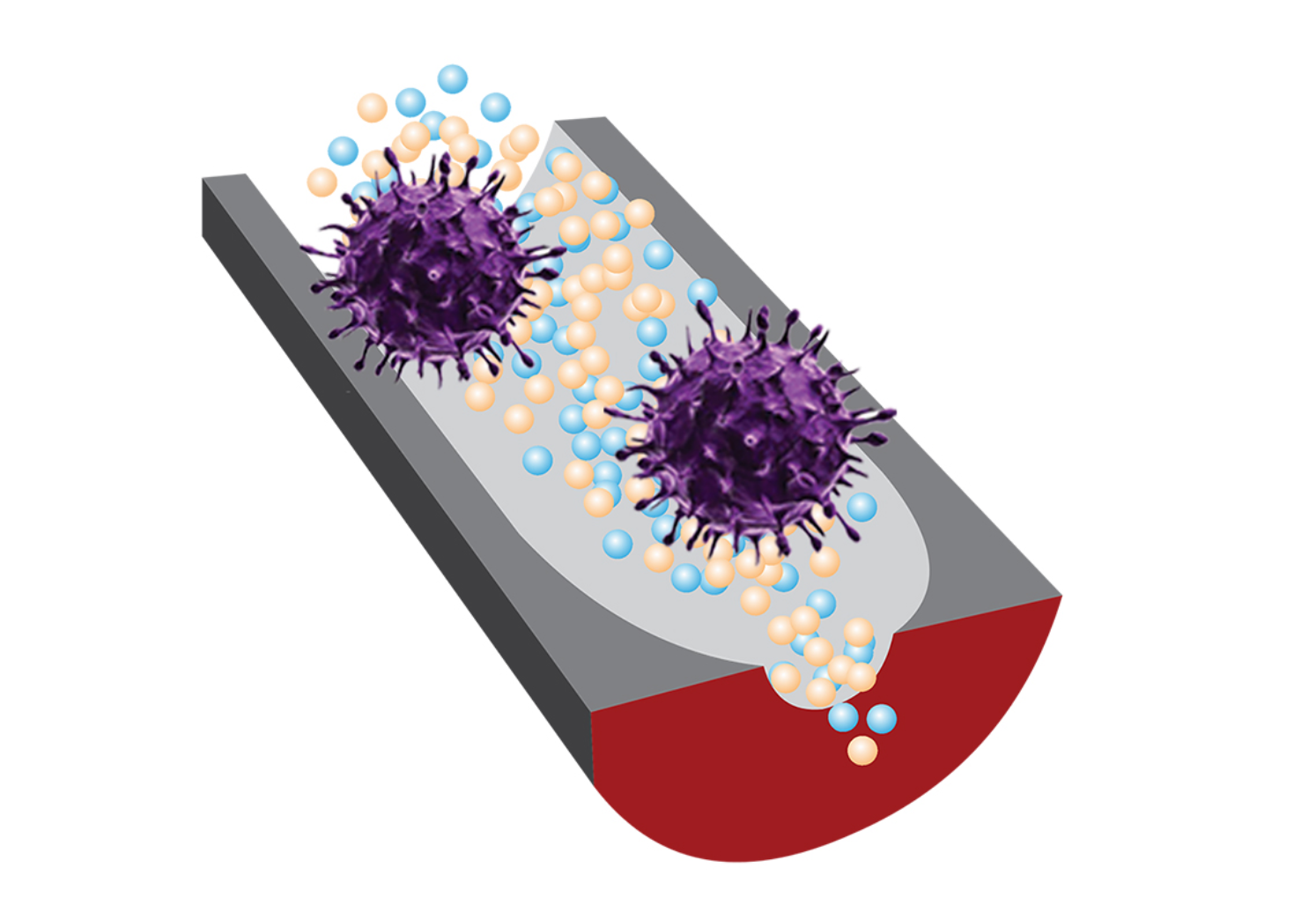Yi Lu and Benito Marinas at the University of Illinois and University of Texas have developed a sensor that detects both the presence of a virus and whether or not it is infectious, integrating purpose designed DNA fragments and nanopore sensing. They have already studied its potential with the adenovirus and COVID 19.
Current PCR tests detect viral genetic material but cannot distinguish whether a sample is infectious or determine whether a person is contagious.
DNA aptamers bind selectively to infectious viruses. In addition to the nanopore sensor, they could be integrated into other platforms such as color-changing dipsticks.
According to Lu: “With the virus that causes COVID-19, it has been shown that the level of viral RNA has minimal correlation with the virus’s infectivity. In the early stage when a person is infected, the viral RNA is low and difficult to detect, but the person is highly contagious. When a person is recovered and not infectious, the viral RNA level can be very high. Antigen tests follow a similar pattern, though even later than viral RNA. Therefore, viral RNA and antigen tests are both poor in informing whether a virus is infectious or not. It may result in delayed treatment or quarantine, or premature release of those who may still be contagious.”
Plaque assay Tests that detect infectious viruses require special preparation and days of incubation. The new method produces results in 30 minutes to two hours. Since it requires no pre-treatment of the sample, it can be used on viruses that will not grow in the lab.
The sensing technique could be applied to other viruses by tweaking the DNA to target different pathogens. The DNA aptamers used in the sensor can be readily produced with widely available DNA synthesizers, similarly to the RNA probes produced for PCR tests. Nanopore sensors are also commercially available, making the sensing technique readily scalable.
The researchers are working to integrate the sensors into easy to use detection methods, including dipsticks or smartphones.
